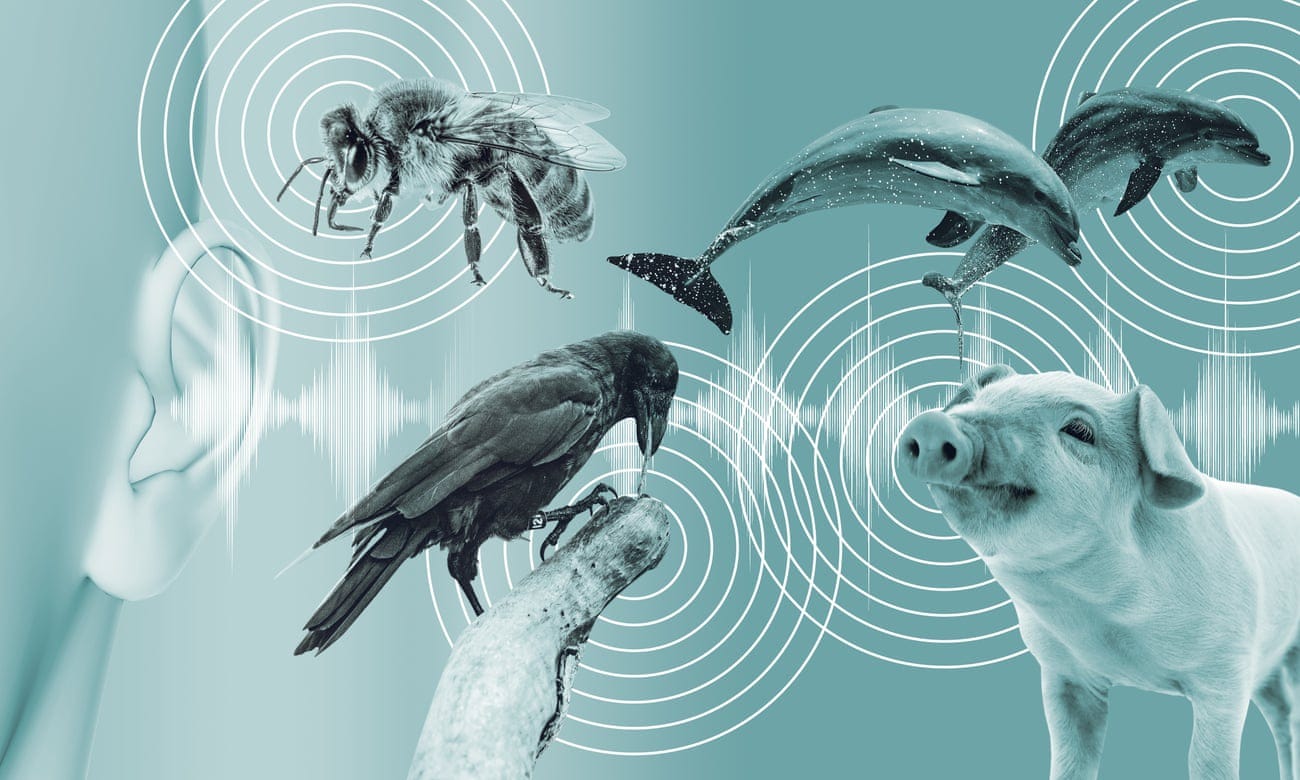Can We Use AI to Communicate With Animals?
These tools may not look like what some people imagine, but AI-powered human-animal communication could be possible. Research is already underway.

Language is complicated. There’s a lot of complexity and nuance to how people string words and sentences together, but AI systems have gained a fairly impressive grasp on it. Natural language processing (NLP) is everywhere today, from autocorrect to smart assistants like Siri to voice-to-text features, and some individuals wonder if similar technology could let them communicate with animals.
That task may seem impossible at first, but so did robot-human communication at one point. The world’s first chatbot emerged in 1966, and IBM’s Watson won “Jeopardy!” less than 50 years later. Technology grows exponentially, so it’s not outlandish to think that AI systems could eventually help people talk with animals.
These tools may not look like what some people imagine, but AI-powered human-animal communication could be possible. Research is already underway.


